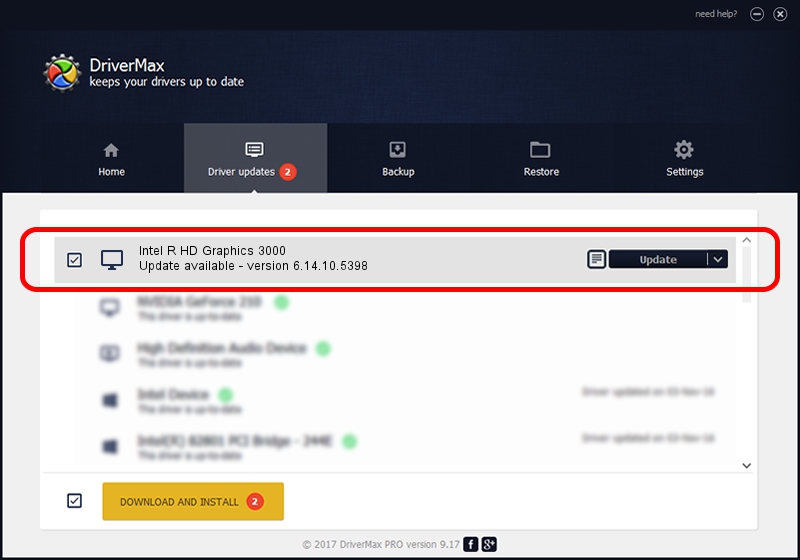

Choose to select the location of the new driver manually and browse to the folder where you extracted the driverĥ. Right click on the hardware device you wish to update and choose Update Driver SoftwareĤ. Go to Device Manager (right click on My Computer, choose Manage and then find Device Manager in the left panel), or right click on Start Menu for Windows 10 and select Device Managerģ. In order to manually update your driver, follow the steps below (the next steps):ġ. Take into consideration that is not recommended to install the driver on Operating Systems other than stated ones. If the driver is already installed on your system, updating (overwrite-installing) may fix various issues, add new functions, or just upgrade to the available version. Please filter by operating system and try to install the driver when it finishes downloading, to verify that your system will accept it.The package provides the installation files for Intel HD Graphics 3000 Display Driver version 9. I understand you have been getting issues with Intel Graphics Driver after installing Windows 8.Īt this stage, I recommend installing the driver manually, this means, you can force the installation of the driver in the registry.įor instructions about manual installation go here: I need to move to Win 8 due to work requirements. I dont have other options, Manufacturer Provided Drivers also dont help. When i install Windows 8, display remains should i say till a few minute's on the first reboot all i get after the BootUp is Dark BLACK Screen.Īnnoyed with no options i assumed HDMI also will be blank but to my utter surprise. It is working on Intel HD 3000 On board Graphics chipset, as per the manufacturer it does not have any other GPU other than intel. There was a vague thread with a similar name, with resolution stating its switchable graphics.

Having tried almost everything to get my display working with Windows 8.


 0 kommentar(er)
0 kommentar(er)
